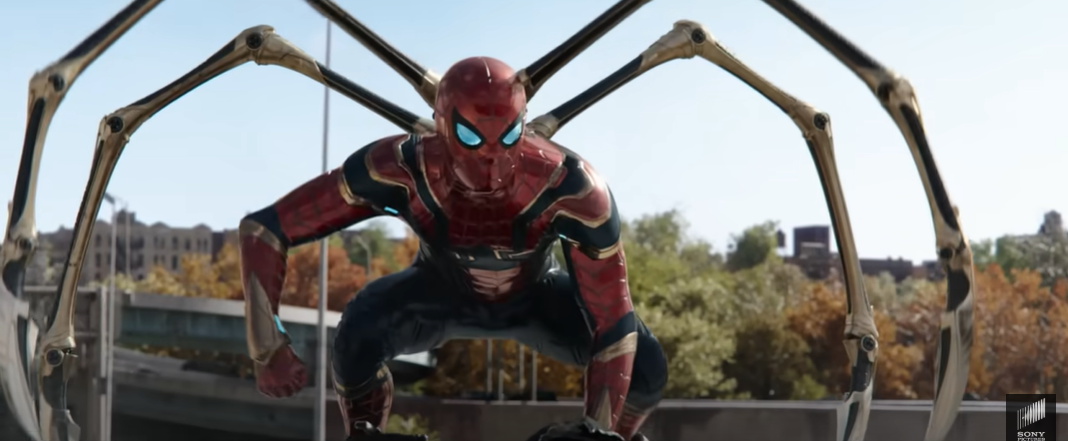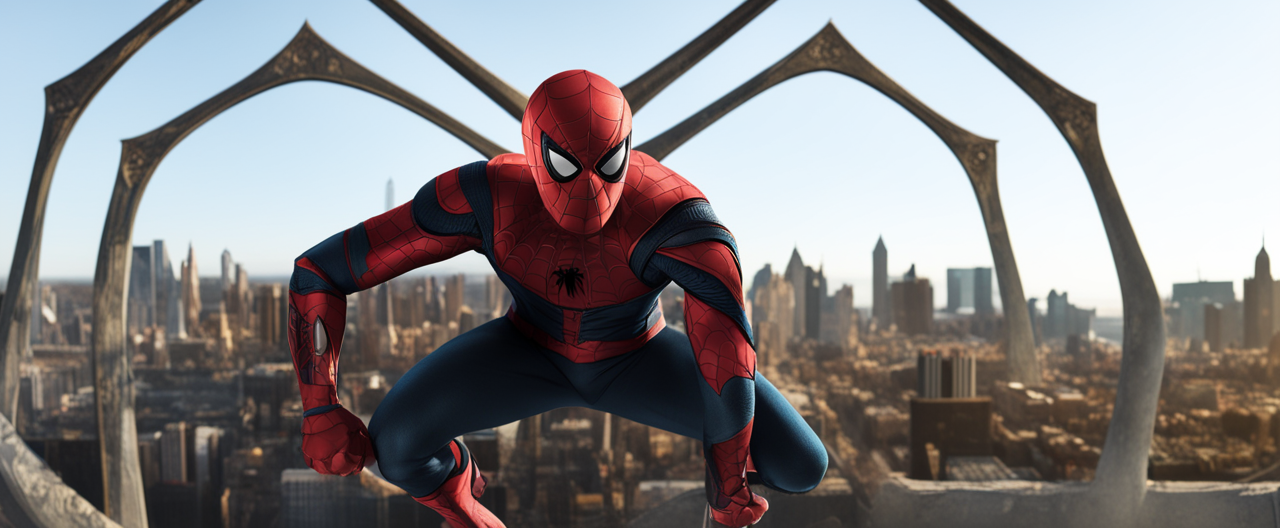Dubai's Sustainable City Is A "Green" Fever Dream
CHECK OUT THE ALL NEW MERCH STORE: https://www.teepublic.com/stores/adam-something-merch-emporium?ref_id=35145
They built the right thing, but they still did it wrong.
Check out my Patreon: https://www.patreon.com/adamsomething
Video Summary & Chapters
No chapters for this video generated yet.
Video Transcript
Dubai's sustainable city really is something.
Something really bad.
When I've read the first articles just uncritically salivating over this whole project,
I immediately knew that something was up.
And surely enough, after looking at this thing on Google Maps for longer than 5 seconds,
I realized how much of a fucking train wreck this entire thing is.
Now the fundamental problem doesn't necessarily lie with the sustainable city itself,
it does employ measures that are actually good.
For example, the entire residential area is car free.
Inside you can walk, bike or take these little golf carts basically.
The streets are cooled by wind towers, so they are actually habitable.
The buildings were constructed with the sun and temperature in mind,
meaning northern alignments and good insulation.
The whole neighborhood is powered by renewable energy.
and it supposedly produces more than it consumes.
And that's pretty much all the positives.
But they do sound good, right?
Definitely beats most of the traditional neighborhoods.
But even with all that, this neighborhood is anything but sustainable.
In fact, it's a giant 46 hectare fuck you to both the environment and humanity.
And if this is the future of sustainability,
then we might as well just stop bothering with this whole climate protection
because we're fucked either way.
So what makes me say such harsh words about this project?
To understand that, first we need to take a look at what sustainability really means.
Because turns out it's a bit more than just having energy efficient equipment and good insulation,
although those are definitely a part of it.
And so let's compare the sustainable city with the Uypalota residential area in Budapest,
built during the 60s and 70s.
As you can see, the total area is equivalent to around 4 sus cities.
It has all the necessary amenities locally,
plus good public transport so you don't need a car if you live there.
There are 15,500 apartments with an average occupancy of 4.8 people per unit at the time of completion.
That adds up to 74,400 people, or around 27 times more than Suss City, which houses 2,700.
Factoring in the area size differences, the Uypalota residential area can proportionally
house 7 times more people, potentially more.
And keep in mind that this is actual affordable housing, or was affordable housing before
the housing crisis, while the Suss City is just a bunch of luxury villas for rich foreigners.
Also, as I've mentioned before, in Uypalota all the amenities are in one place.
There's a market hall, there's supermarkets, pharmacies, sports fields, doctors offices, schools, kindergartens,
all perfectly accessible on foot or with frequent and high quality public transit.
Although some of these amenities do exist in a sustainable city, there isn't much of it,
plus they are mostly cluttered in one corner of the place.
If you want more than a small supermarket or restaurant,
you have to get in your car and drive down a highway for 10 minutes,
to this giant asphalt hellscape for example.
This is the exact opposite of sustainable as it were.
But hey, if you want to know more about the city, check out my other videos.
If you want to be environmentally friendly, instead of a 10 minute drive, you can also take public transit to the mall for 1 hour 52 minutes.
Nice!


 Install Tubelator On Chrome
Install Tubelator On Chrome






